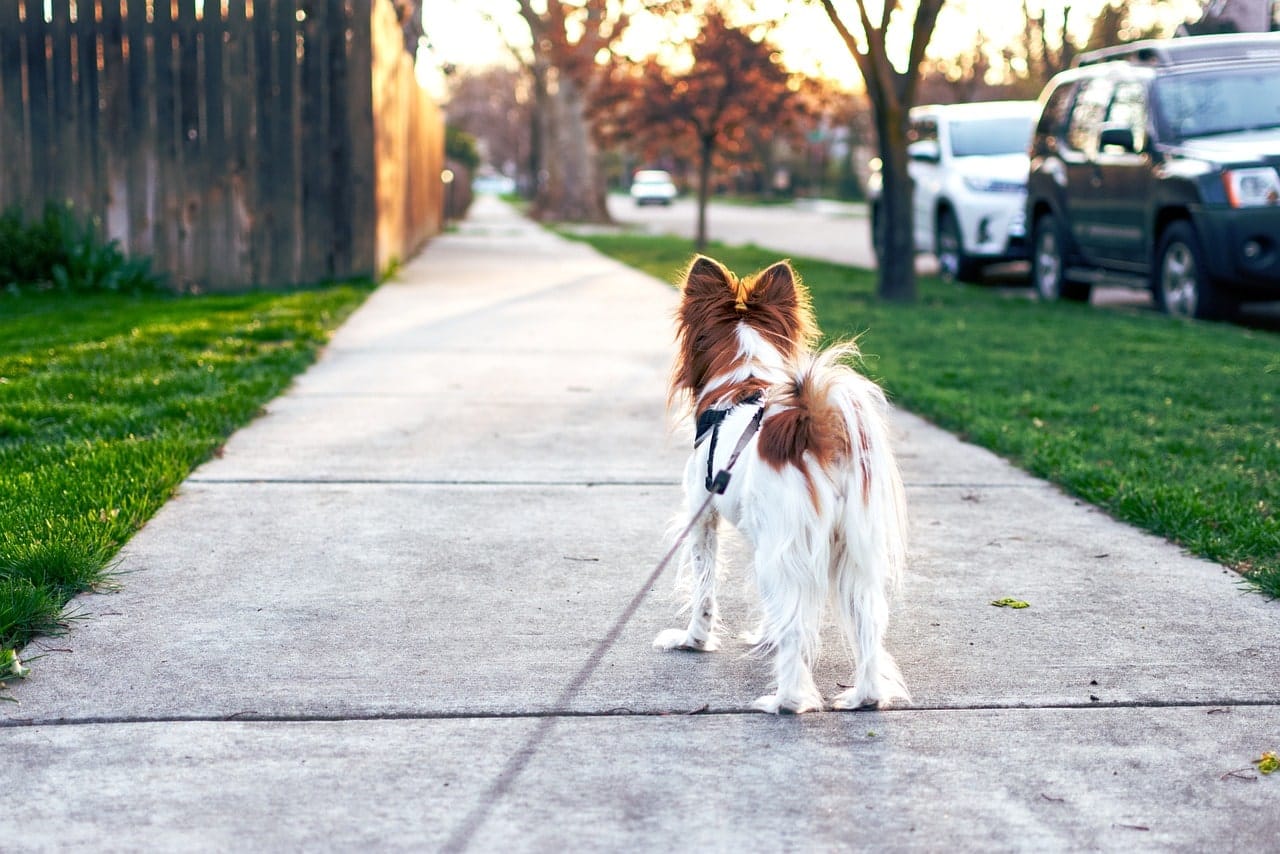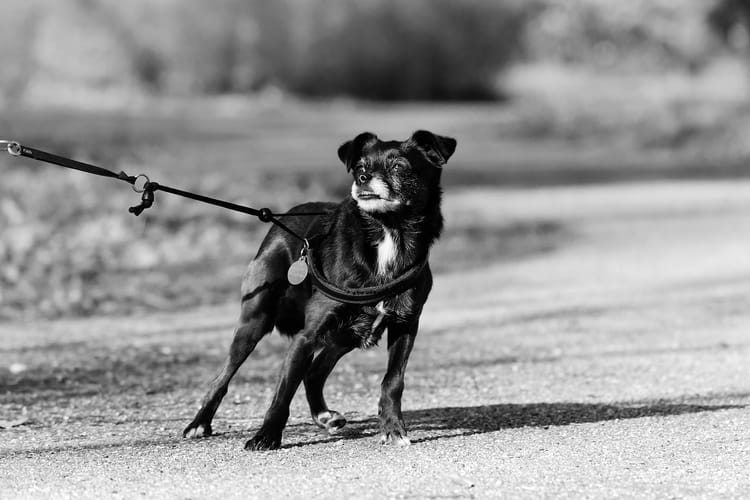Keep an eye on emotions to ease your dog's learning curve

A pivotal aspect of dog training, sometimes overlooked, is the emotional state of our non-human learners. Animals, much like people, can find certain learning situations emotionally taxing. Recognizing this and adapting our training methods can significantly improve outcomes. This approach hinges on a profound empathy for the animals we work with and a deep understanding of their body language.
Develop your empathy, be a better trainer
Empathy in animal training goes beyond mere awareness of an animal's fear or stress; it involves an intuitive and educated grasp of the animal's emotional and psychological state. Developing this understanding takes time: it requires a keen observation of the animal's body language, and comparing and contrasting to live animals, video, or images of that species' body language you've seen before. By recognizing subtle signs, trainers can identify when an animal is feeling overwhelmed, anxious, or stressed.
Incorporating breaks into training sessions is a great way to embrace this empathetic approach. When faced with a task that is emotionally difficult for an animal—such as a dog reacting to the sight of other dogs—temporarily shifting focus to an easier, unrelated behavior can provide much-needed relief. This strategy not only helps in managing the animal's stress levels but also in maintaining their motivation and engagement in the training process.
How and when to take breaks in dog training
Let's consider an example to illustrate this method: teaching a reactive dog to remain calm in the presence of other dogs. The goal might be to have the dog calmly observe another dog from a distance of five feet, with all four paws on the ground. Initially, the training might start at a more comfortable distance for the dog, say 25 feet away, using counter-conditioning and desensitization (CC/DS) techniques. However, to give the dog a break and an immediate sense of success, the trainer might temporarily remove the dog from the presence of the trigger and engage in a different activity, such as training a hand target or touch.

This seemingly unrelated behavior, touch, serves multiple purposes. First, it allows the dog to succeed at a task that is not emotionally charged, which can improve their ability to relax and readiness to learn. Second, it offers us a training tool that can later be woven into more challenging training scenarios. For instance, once the hand targeting behavior is well-established, it can be employed as differential reinforcement of incompatible behavior (DRI) or differential reinforcement of other behavior (DRO) within the context of CC/DS training. By doing so, when the dog is eventually exposed to the trigger (another dog) at a closer distance, they have a familiar, positive behavior to fall back on, which has been reinforced in the presence of the trigger.
Understanding body language
The effectiveness of these strategies heavily relies on the trainer's ability to read and interpret the animal's body language accurately. Each species communicates stress, anxiety, and comfort in different ways, and developing your understanding of these signals is important to becoming a good animal trainer. For dog behavior professionals, we know a dog might show stress by yawning, licking its lips, or avoiding eye contact. Recognizing these signs allows us to adjust the session accordingly, ensuring the dog remains in a state conducive to learning.
The "off switch": Teaching dogs when it's time to take a break
Imagine you're binge-watching your favorite TV series, and just as you're about to find out who the secret villain is, someone decides it's the perfect time to practice the trumpet right next to you. Frustrating, yeah? Dogs sometimes feel the same way during training sessions, especially when they've had enough but we're too caught up in the excitement of progress. That's where teaching an "off switch" cue or a "stop training" signal comes into play, turning these moments into opportunities for communication with and respect of your animal learner.
So, what does teaching an "off switch" cue look like? Picture this: You're in the middle of a training session, and you can tell your dog is starting to lose interest—maybe they're looking away or even starting to sniff around for distractions. This is your cue to bring in the "off switch." With a cheerful "All done!" and a specific hand signal (like a closed fist or a wave goodbye), you let your dog know that it's time to relax. No more cues, no more treats for tricks, break eye contact and start casually moving away from your dog. It's like saying, "Hey, we're on a break; go sniff, explore, or just lounge around."
Implementing an "off switch" cue goes beyond giving your dog a break. It's about building communication, letting them know that their comfort and willingness are top priorities. And here's the fun part: dogs catch on pretty quickly. Before you know it, they'll understand that "All done!" means they can kick back and enjoy some well-earned downtime, just like you do at the end of a long day.
Taking breaks to make progress
Incorporating breaks for the dog that are focused on easier, unrelated tasks during training sessions requires a blend of empathy, understanding, and planning. Teach your clients to take breaks during training by keeping training sessions short (no more than 10 minutes at a time), offering the dog a chance to play or relax in a comfortable spot with a chew toy. This method not only respects the emotional states of our animal learners but also enhances the overall training process. By fostering an environment where animals are emotionally supported, we pave the way for more effective learning and a stronger, more positive outcomes.





